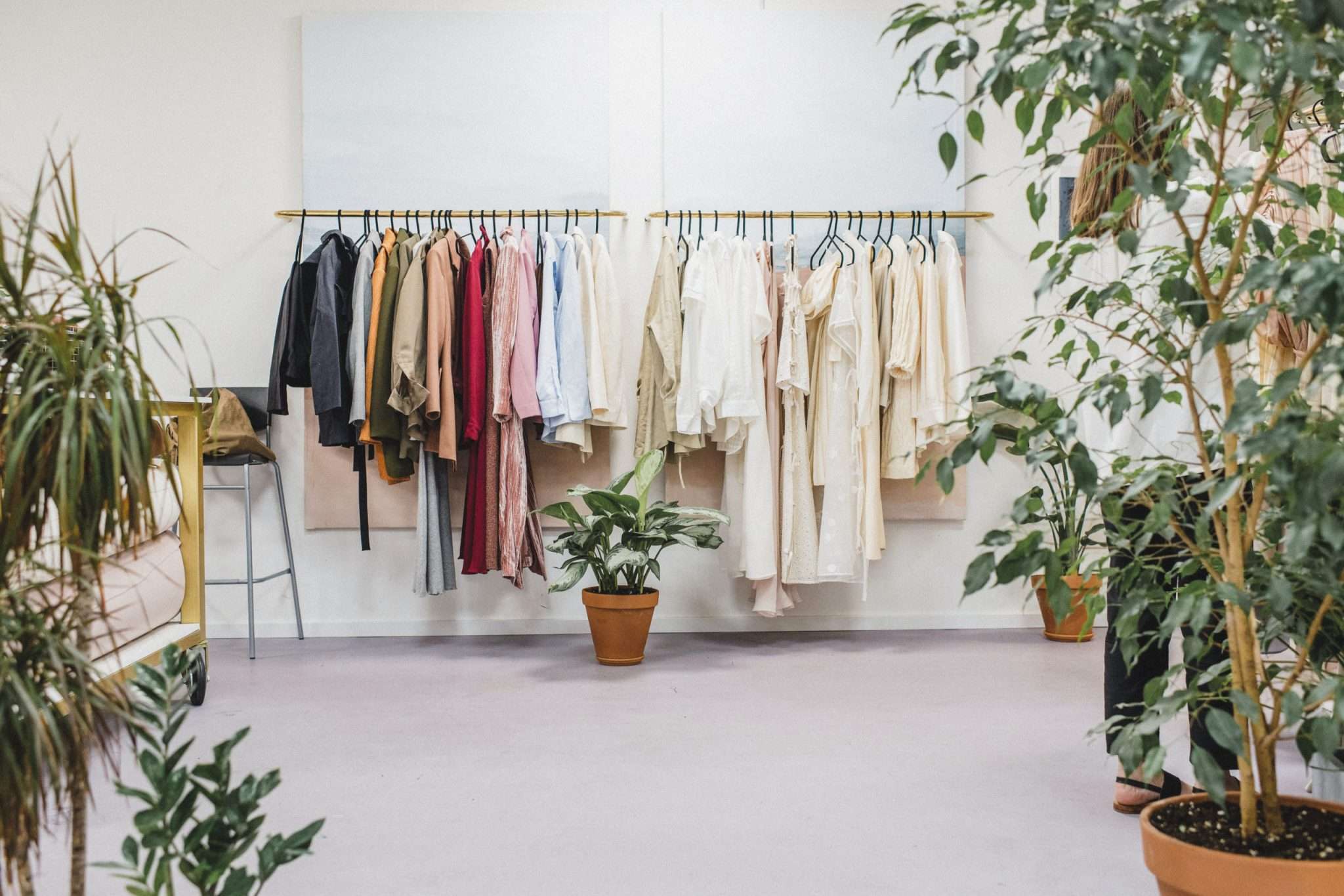Online resale platform ThredUp estimates a boom to the secondhand shopping industry in a new report.
According to its 2021 Resale Report, ThredUp says the market for secondhand clothing will tip $77 billion by 2026, doubling in value over the coming five years.
“We are in the early stages of a radical transformation in retail,” ThredUp co-founder and CEO James Reinhart said in the report. “Consumers are prioritizing sustainability, retailers are starting to embrace resale, and policymakers are getting on board with the circular economy.”
Secondhand Shopping Goes Mainstream
While vintage fashion has long been on-trend, secondhand shopping for more current styles has only recently become fashionable. Resale platforms and services have hit their stride, offering sustainable and affordable solutions to the fast-fashion crisis. Alongside ThredUp platforms like Depop, The RealReal, and Vestiaire Collective are giving consumers a way to buy and sell used clothes and keep them out of landfills. Footwear giant Nike recently announced the launch of a resale program for its shoes, allowing customers to sell and shop some of its most sought-after shoes.
“Pollutive industries have the power to transform when technological innovation collides with the motivations of consumers, businesses and government,” Reinhart said.
According to ThredUp, its platform has processed more than 125 million secondhand items, displacing more than one billion pounds of carbon emissions while saving consumers $3.9 billion in estimated virgin retail costs.
The report also explores ThredUp’s efforts to inspire secondhand purchases among younger shoppers — the report is expecting resale clothing and accessory sales to grow 11 times faster than new retail clothing by 2026. The trend in recent years supports this. According to the report, in 2020 more than 33 million consumers made their first secondhand apparel purchase. Of those first-time buyers, 76 percent said they plan to increase their secondhand spending over the next five years. More than 40 percent of shoppers said they’re more likely to support a brand that offers a trade-in or resale option for their used item; 34 percent said they’re more likely to shop a brand that offers secondhand alongside new items.
Is Secondhand Clothing Sustainable?
According to the EPA, textile waste makes up nearly 5 percent of all landfill space — this even despite efforts by the industry to recycle deadstock and other textile waste. Textile waste has doubled in the last two decades but the textile industry recycles less than 4 billion pounds of textile waste every year — less than 15 percent of all post-consumer textile waste.
The average consumer throws away some 70 pounds of clothing every year. Undergarments make up a significant amount of textile waste, but much of it is wearable garments or textiles that could be reused or recycled.
There’s not just the waste issue, though. The clothing industry is one of the biggest polluters, creating more wastewater than nearly any other industry. Nearly 20 percent of global wastewater production is a byproduct of the fashion industry.
Cotton, one of the predominant materials used in the fashion industry, requires more pesticides than any other crop. Other common materials, such as nylon and polyester, are byproducts of the fossil fuel industry. They can also lead microplastics to accumulate in clothing that pollutes waterways and threatens marine life.
The Future of Secondhand Shopping
“As we emerge from the pandemic, the resale market is stronger than ever. Consumers are refreshing their closets and turning to resale as a way to sustainably discard garments and acquire new ones,” said Neil Saunders, Managing Director of GlobalData, which conducted the study. “Retailers recognize this shift, which is why so many of them are now looking to get into resale. These trends will make resale the most dynamic and fast-paced part of the apparel market over the next decade.”
Etsy’s recent $1.6 billion purchase of Depop underscores the market demand. Although the platform is more than a decade old, Depop’s biggest user demographic is under the age of 26 — it’s now the 10th most-visited shopping site for Gen Z in the US.
“Depop is a vibrant, two-sided marketplace with a passionate community, a highly-differentiated offering of unique items, and we believe significant potential to further scale,” Etsy CEO, Josh Silverman, said in a statement announcing the Depop acquisition. “We see significant opportunities for shared expertise and growth synergies across what will now be a tremendous ‘house of brands’ portfolio of individually distinct, and very special, e-commerce brands.”
For ThredUp, the trend warrants further collaboration and action, says Reinhart. “We’ve seen it with electric cars, solar energy, and next, circular fashion.”


